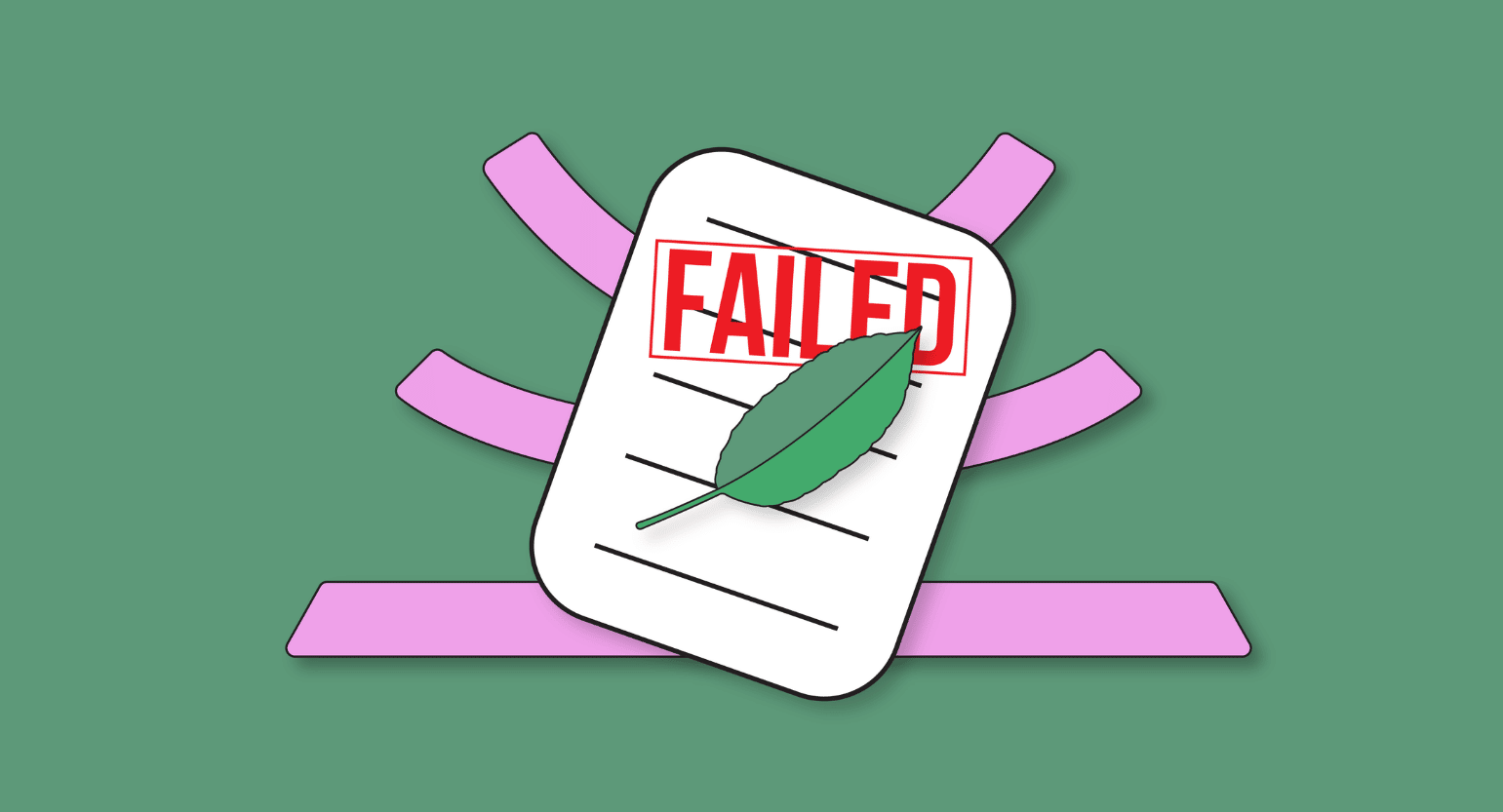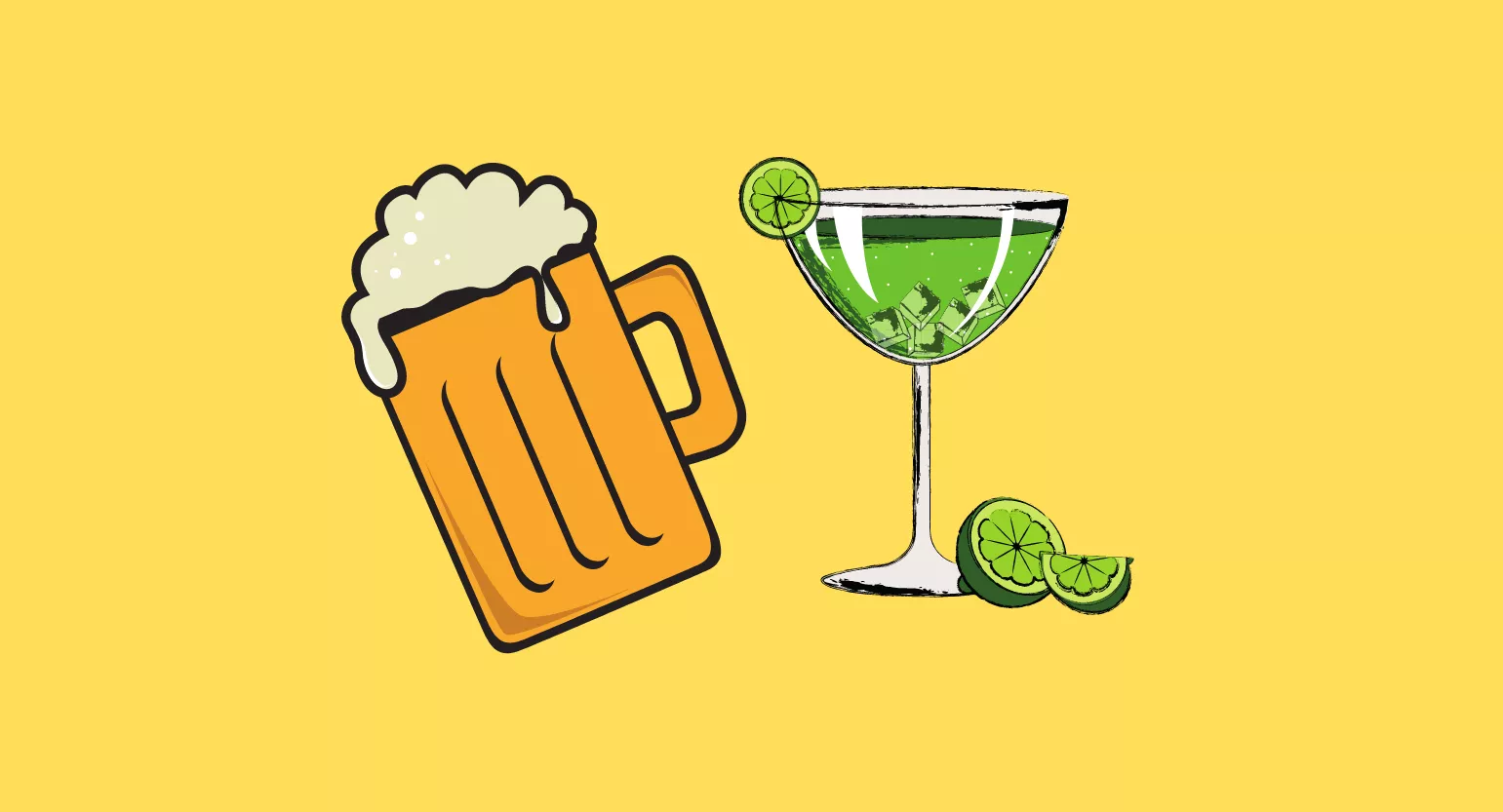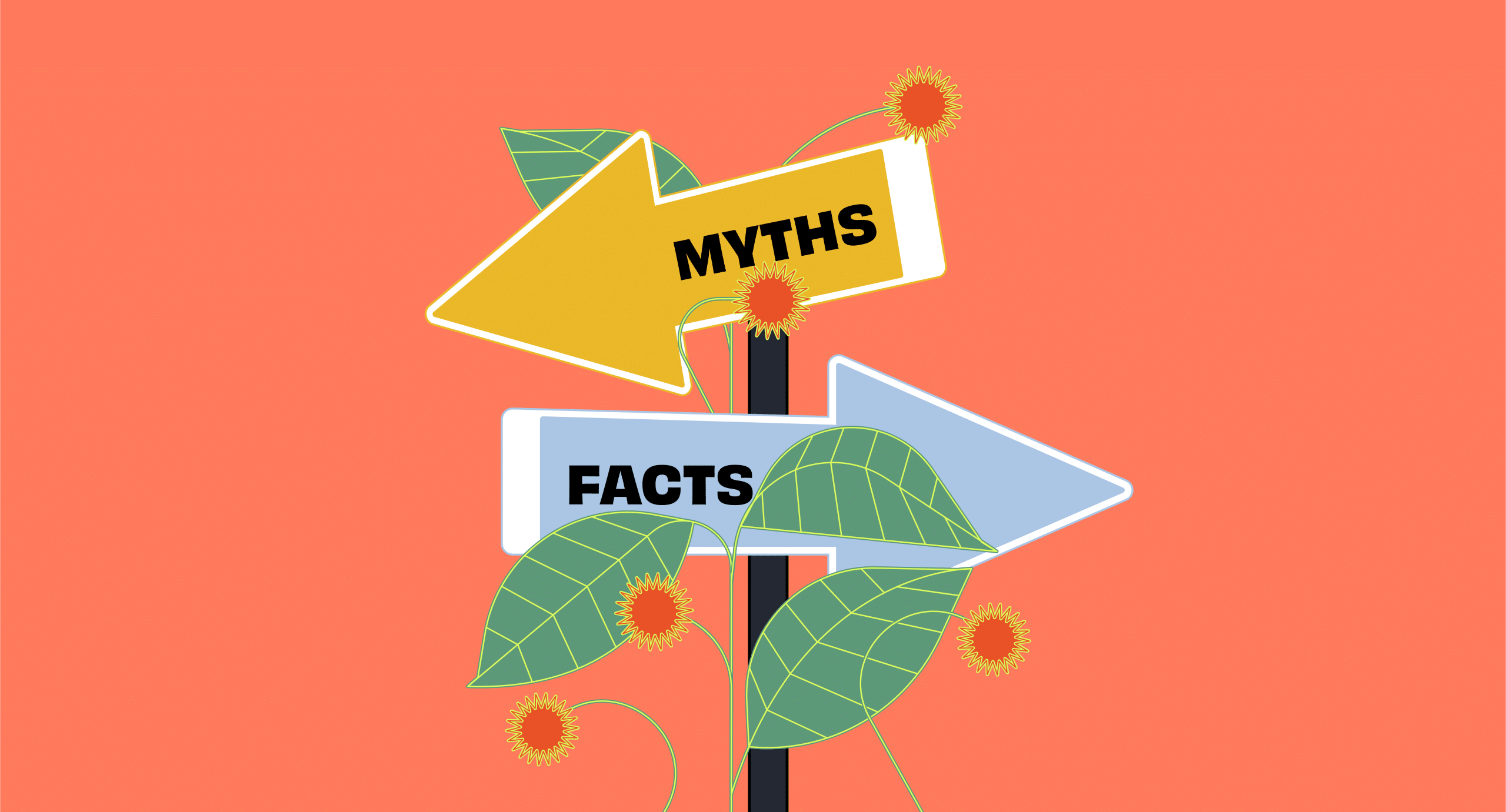Kratom Strains & Body Chemistry
As the introduction says, kratom (Mitragyna speciosa) is a highly versatile plant based on the sheer number of different applications it has. It can be used for all sorts of things, ranging from promoting relaxation and reducing stress to enhancing focus and energy.
The way the plant affects you depends on how it was processed and how mature it was when it was harvested. You can’t simply go to the store and ask for a bag of kratom and expect it to produce the same effects as another bag.
If you have viewed one of the many marketplaces selling the plant online, you might have been overwhelmed by the vast number of strains available.
These strains often have fancy exotic names that have little to do with anything (for example, almost all strains of kratom are grown on the island of Borneo in Indonesia, and yet Thai and Malaysian kratom are two of the most popular strain names).
Kratom strains are separated into different categories based on their “color.” The word color is in quotes because it refers to the color of the leaf’s veins before processing; you can’t tell the color after it’s powdered.
This color tells you whether you can expect energy or sedation from your kratom and is the most important thing to consider when choosing what variety you need for pain relief.
How Does Kratom Help With Pain?
The medical community would probably liken kratom to a dirty drug. In pharmacology, dirty drugs aren’t dirty because they’re gross or damaging but because their mechanism of action isn’t clear or easy to understand. They usually affect many different molecular targets and receptors.
Kratom contains dozens of alkaloids and targets many different systems in the human body, thus influencing pain in many ways.
Nonetheless, kratom is relatively safe despite its ability to influence dopamine, serotonin, adrenaline, and other neurotransmitters — it even influences our hormones. All of these different things can contribute to pain relief in one way or another.
Here are a few ways that kratom can influence pain.
Also see: Hot vs. Cold Treatments For Pain (& Other Methods To Try).
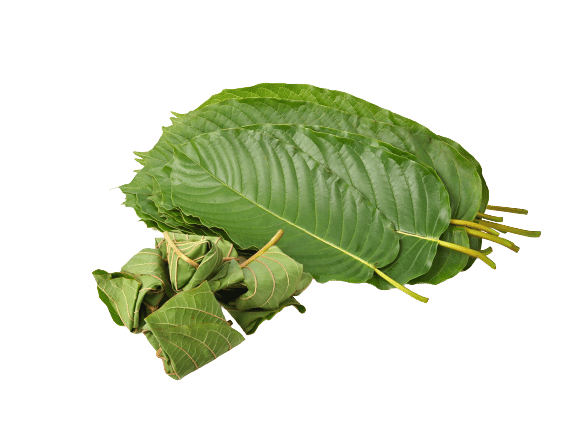
Opioid Activity
Opioid activity is the main avenue by which kratom helps to manage pain. Many of kratom’s alkaloids bind directly to receptors in the brain and body’s opioid system.
This system is wired to respond naturally to our body’s naturally-produced opioids (known as endorphins or endogenous morphine) as well as opiates found in nature, such as those in the poppy plant. Synthetic opioids are manufactured to fit into the same receptor sites.
When kratom’s alkaloids bind to receptors in the opioid system, many things happen. In addition to pain relief, users often experience relaxation, anxiety relief, a boost in mood, and an appreciation for life.
Unfortunately, these pleasant sensations can be very addictive. Some people find that the feelings produced by opioid activation are so enjoyable that they begin to use them every day. This can lead to addiction and dependence.
The strongest opioidergic compound found in kratom is 7-hydroxymitragynine, which is several times stronger than morphine in its isolated form. In raw, powdered kratom leaf, however, there is generally less than 1% 7-hydroxymitragynine by weight. This is not enough to cause significant danger or risk of overdose.
Managing all of these interactions and side effects sounds complicated. It’s not, really, but it’s crucial for anybody who wants to know how to find the best dosage and strain for their personal problems.
Some folks, for example, may need to alleviate pain during the day so that they can put in their time at work. Others may want or need a full-blown sedative effect that knocks them out.

Dopamine Activity, Stimulation, & Focus
Many people don’t realize that stimulants can also be useful for helping to fight pain. Amphetamines, for example, can cause individuals to push their bodies far beyond the standard capacity.
They were able to do this, in part, because the amphetamines provided them with such a sheer focus on the task at hand that they did not notice their pain. Even when they’re not engaged in any specific activity, amphetamine users often report that pre-existing pain diminishes.
Amphetamines are powerful dopamine-releasing drugs, suggesting some link between dopamine stimulation and pain relief. Researchers don’t really understand why, but studies show that dopamine is, indeed, centrally involved in the modulation of pain [1].
Stimulating kratom strains are also pretty powerful dopamine releasers, although they’re nothing like an amphetamine. The release of dopamine is primarily what makes certain strains of kratom great for focusing and knocking out tasks on your to-do list.
This same dopamine release probably plays into pain reduction, although it’s not clear how this stacks with kratom’s other pain-killing benefits. Opioid activity actually numbs pain, whereas doctors don’t know how or why dopamine reduces pain.

Different Kratom Strains for Pain Management
Fortunately, all you need to do to find out the best pain relief is:
- Learn how to be responsible with your kratom.
- Learn how to administer the proper dose of the appropriate strain of kratom.
To help you, we’ll explain the three main kratom colors and their effects on pain relief, as well as dosage recommendations to achieve sufficient pain relief.
Some strains are better than others for pain management. Red strains are the best, green strains are so-so, and white strains are only good if you’re planning to go gung-ho and push through your pain.
Here’s a quick outline of the different types of kratom and their benefits for pain management, including chronic pain and neuralgia.

Red Kratom for Pain Management (Between 2-8 Grams)
Red kratom is the most sedating variety because it contains a higher concentration of a particular alkaloid, 7-hydroxymitragynine, which is close to a standard opiate. Thus, red strains produce the most opiate-like effects: pain relief, sedation, etc.
Red kratom produces notably different effects because its alkaloid profile is unique. During the fermentation process, mitragynine is actually transformed into 7-hydroxymitragynine. Mitragynine is more stimulating and has an affinity for different systems.
Red kratom is produced by allowing the kratom to ferment for several days following its harvest, increasing the concentration of this alkaloid. The mitragynine phytochemicals transform into the more potent version.
Red kratom can still be stimulating in lower doses, but the stimulation is often short-lived and mild compared to a green or white strain. Red strains are ideal for when you aren’t planning to be very active.
Those tolerant to kratom may still enjoy using a red strain during the daytime and notice little change. However, new users should be cautious — these can be overpoweringly sedating for those who are relatively new to kratom.
Red kratom can still help boost mood, but it generally does this for those using small doses or struggling with depression or other unwanted feelings. Opiate-related mood boosts tend to be associated with the numbing of unpleasant feelings.
Although you may still enjoy a pleasant, happy buzz with red kratom, it’s unlikely to be on par with the euphoria and motivation associated with green and white strains. But that doesn’t matter because your main focus here is pain relief.
As far as red strains go, you’ll be able to enjoy pain relief at a slightly smaller dose than you would with other strains. Many people report enjoying pain relief at doses beginning at around four grams.
Between two and eight grams is the sweet spot for most people regarding red kratom. Two grams provide light relief, and eight should give comfort and effective sedation.

Green Kratom for Pain Management (Between 5-8 Grams)
Green kratom is the halfway point between the extremely sedating red kratom and the highly stimulating white variety. It can be useful for pain management, although it’s not as effective as red kratom.
Furthermore, the need to take a higher dose may hinder some individuals. The increased amount of plant matter in the digestive tract can be irritating. A dose large enough to fight your pain effectively is also large enough to cause unwanted side effects.
But that’s not always the case. For most people, having a five-gram dose of green kratom is no problem.
The burn tends to begin as a stimulating and motivating rush. During this period, pain may be lessened due to increased focus and the opioid properties of kratom taking effect.
As the initial rush begins to wear off, people find themselves fading into a state of relaxation. A larger dose can lead to full-blown sedation that’s almost on par with that of red kratom.
For pain management, you’ll probably want to take a slightly larger dose than you would of red kratom. Higher doses tend to be more relaxing and are associated with better pain relief. Between four and eight grams should be enough for you to decide whether or not green kratom is a good choice.
Also see: How To Manage Pain from a Golf Injury.

White Kratom for Pain Management
White kratom isn’t that useful for pain management; these are better for providing euphoria and increasing energy.
It’s technically possible to take substantial doses of white kratom and experience some relaxation and sedation afterward. However, a better way to describe this experience would be more like brain fog and lethargy.
These after-effects aren’t entirely enjoyable, but they provide some contrast to the highly stimulating nature of white kratom. If you’re struggling with chronic pain, you might find white strains temporarily provide relief, if only by energizing you to the point that you’re too focused on whatever you’re doing to pay attention to your pain.
If that’s the case, then the dosage shouldn’t really matter. You can follow a standard dosing guideline.
- One to two grams provide light stimulation and excitement.
- Two to four grams provide significant stimulation and euphoria.
- Four to eight grams provide stimulation and euphoria, possibly enough to activate its pain-killing properties.
Other Strains for Pain Management (Yellows & Golds)
Yellow and gold kratom are two lesser-known varieties. They tend to confuse some people, and for a good reason. The latter, gold kratom, doesn’t have any industry standard associated with it, so you can’t know what you’re getting unless you ask the vendor.

Yellow kratom is usually a mixture of red kratom and another color, either green or white. The intention is to provide a stimulating strain capable of providing pain relief. Some yellows manage this quite nicely. Others are a total waste. It depends entirely on your vendor, their current batch, and ultimately the luck of the draw.

Gold kratom is even less reliable for pain relief. Gold kratom is simply a mixture of two or more different types of standard-color kratom. It could be red and white, it could be green and white, or it could be all three. It could be a mixture of every strain that your vendor offers.
The inconsistency among different varieties of gold kratom makes it impossible to determine an appropriate dose for pain management. However, remember that the higher your dose, the more likely you will enjoy sedation and pain relief.
Side Effects of Using Kratom for Pain Relief
Kratom has some side effects, and the likelihood of them increases with the dose. Fighting pain with kratom often requires larger amounts, making these adverse effects almost unavoidable — at least in the beginning.
However, there are things you can do to at least minimize them. Remember, most are not severe and don’t last long. Despite the fear surrounding kratom (due to a lack of truthful information), kratom is relatively low-risk and unlikely to cause an overdose. The only real problems come from addiction and drug interactions, and both are avoidable.

Gastrointestinal Issues
The digestive system is not particularly fond of kratom and may become backed up with regular usage. You may also find yourself feeling nauseous or vomiting, thanks to kratom.
Eating a light meal or snack beforehand and taking as small a dose as possible can help keep stomach issues at bay. It helps to sip water and lie down until you feel better.
Wobbles
The wobbles? It sounds weird, and it is. It’s just a fancy way to say dizzy and “off.” Red strains don’t usually cause the wobbles, but it could happen since pain relief can require high doses. If you happen to feel unstable and dizzy, lie down, drink some water, and maybe eat a snack — it passes quickly enough.
Headaches
There are multiple reasons you might get headaches from kratom — heavy use and dehydration are the top culprits. Again, when it comes to pain relief, you might not be able to reduce the amount much. Dehydration, however, is easy to deal with. Kratom is a diuretic, so make sure you drink plenty of water — about one cup per dose of kratom, on top of what you usually need. If that doesn’t help, you may need to adjust your amount or deal with it. Over-the-counter painkillers like acetaminophen and ibuprofen aren’t suitable for constant use.

Lethargy
Kratom could make you overtired and sedated since the same strains and doses that work for pain also work for insomnia. Sometimes overcoming this is a matter of finding the right strain or balancing your dose just right. You have to weigh the pros and cons at other times — do you want to deal with pain or exhaustion?
If it’s an issue and you have things to do, try mixing a green or white strain with the red to counteract the sedation. You can also reduce the amount you take just a little; sometimes, a minor adjustment is all it takes.
Addiction
Because kratom makes you feel good and acts on the opioid receptors, it can be physically and mentally addictive. Though the addiction is not as powerful as an opiate addiction (in fact, kratom helps overcome the withdrawal symptoms), it’s still something to be very aware of.
This doesn’t have to be a problem, as long as you know the signs of kratom addiction and take the proper steps to avoid it in the first place.
Unfortunately, if you’re using kratom for chronic pain, it’s hard to reduce the amount or take breaks between doses, so you have to be extra careful.
Liver Damage
Liver damage is rare but needs to be discussed. Most people won’t deal with any issues, but anyone with a genetic defect, pre-existing liver damage, or using liver-toxic medications is at a higher risk.
As with any medication, be aware of the risks involved and make the best decision for your health.
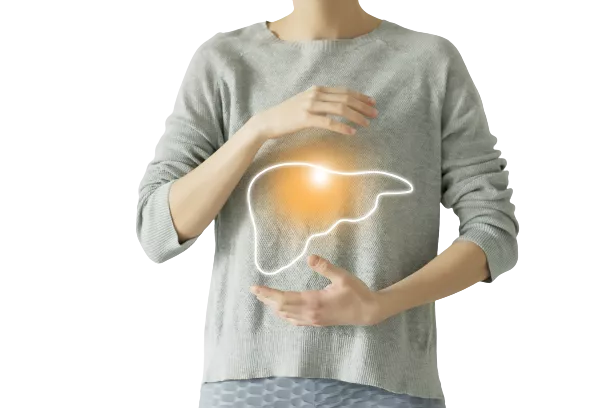
Final Thoughts on Dosing Kratom for Pain Relief
Kratom is a great plant for anybody who struggles with chronic pain. Higher doses of the plant, especially strains of the red variety, are fantastic as a sedative and pain reliever. Green and white strains can be of some benefit, but red definitely excels in this nature.
As far as pain relief goes, the higher you dose, the more relief you should find. This general rule makes finding a suitable dose easier even if you’re unfamiliar with the strain in question.



